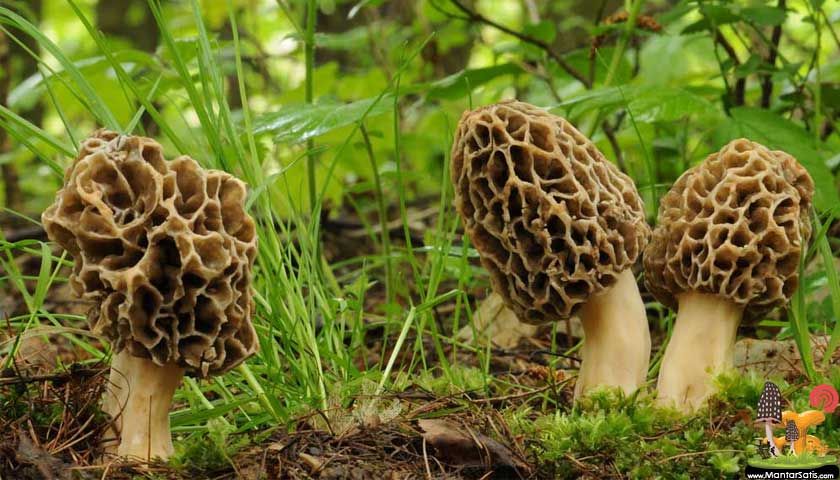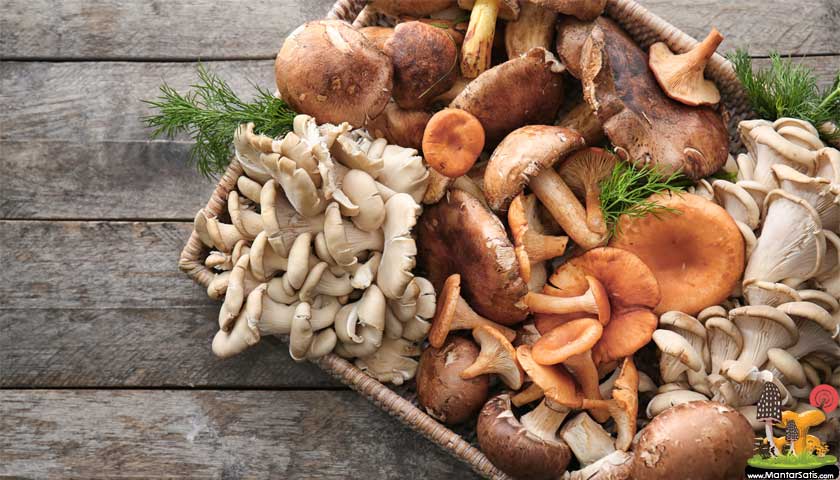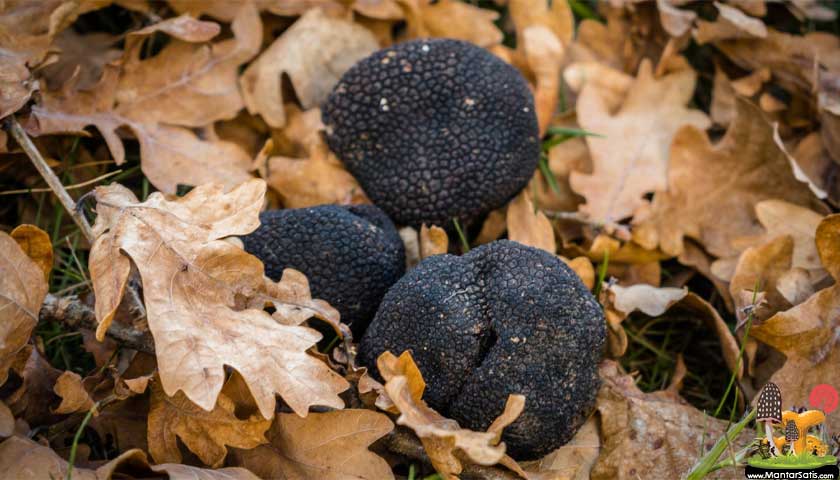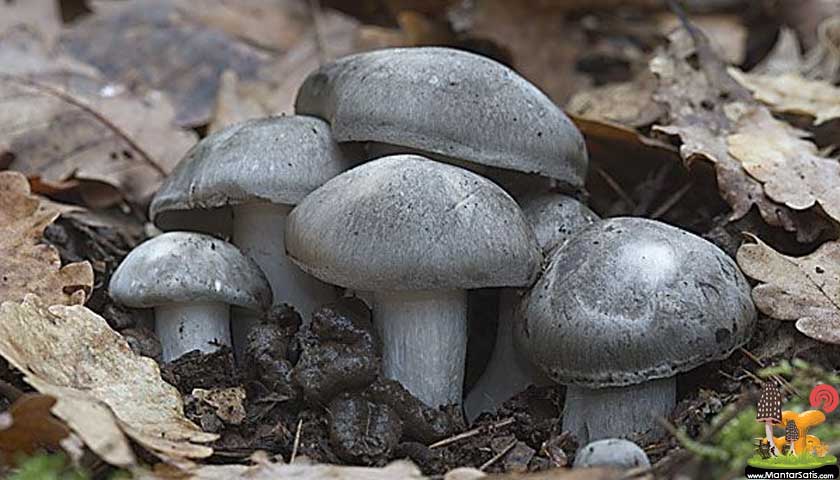Kuzu mantarı, Morchella conica var. deliciosa
Şapka : Sivrice konik olup, 3-6 cm boy, 2-2.5 cm çapa sahiptir. Boyuna yönde belirgin sıralar halinde görülen paralel sırtlıdır, bunlar enine damarlarla birbirine birleşirler. Renk sarımtrak kahverenginden zeytin yeşili kahverengiye veya koyu kahverengiye kadar değişebilir. Çukur kısımlar genç numunelerde sarımtrak beyazdır, yaşlanma ile açık kahverengi olur. Çıkıntılı kısımlar ise gençken kahverengidir, yaşlanınca koyu kahverengiye dönüşür.
Sap : Boy şapkanın ki kadar, 3-5 cm olabilir, çapı 1.5-2.5 cm kadardır. İç kısmı etsi kıvamındadır, ortası boşlukludur, bu boşluk şapka içinde de devam eder. Dış kısmı beyazımtrak esmerimtrak renkte olup, pürüzlüdür.
Etli Kısım : Yumuşaktır, sap ve şapka içindeki boşluluktan dolayı incedir. Normalde açık renkli olup, ezildiğinde veya koparıldığında kırmızımtrak olur.
Spor İzi : Sarımtrak renktedir.
Yetişme Yeri ve Zamanı : Kireçli arazilerde, çam meşcereleri altında ve bu ormanların civarındaki çayırlıklarda, çalılıklarda görülür. Çok yaygın olmayan bu mantar, Nisan ve Haziran ayları arasında ortaya çıkar.
Morchella deliciosa is a species of edible fungus in the family Morchellaceae. It was first described scientifically by Elias Magnus Fries in 1822. It is a European species, although the name has erroneously been applied to morphologically similar North American morels.
The Morchellaceae are a family of ascomycete fungi in the order Pezizales. According to a standard reference work, the family has contained at least 49 species distributed among 4 genera, but in 2012, 5 genera producing the sequestrate and hypogeous ascoma were added. The best-known members are the highly regarded and commercially picked true morels of the genus Morchella, the thimble morels of the genus Verpa, and a genus of cup-shaped fungi Disciotis. The remaining four genera produce the sequestrate fruit bodies.
Analysis of the ribosomal DNA of many of the Pezizales showed the three genera Verpa, Morchella, and Disciotis to be closely related. Thus they are now included in the family Morchellaceae.




